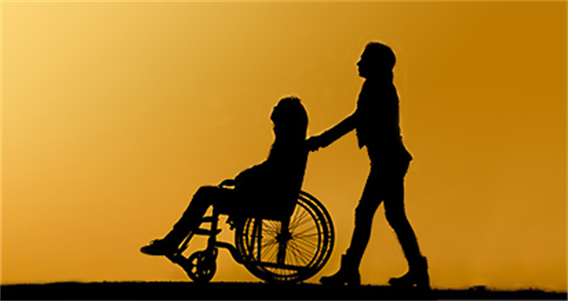Top enlisted leaders who work on U.S. Army medical and operational needs are being increasingly vocal about modernization necessities when it comes medical evacuation and its associated tasks in a future large-scale combat with a near-peer enemy.
Casualty numbers in the Russia-Ukraine war point to what would likely be large-scale casualty events in future conflicts that will far eclipse the numbers seen by U.S. troops in recent campaigns like those in the Global War on Terror, a panel of command sergeants major said this week at the Association of the U.S. Army’s annual meeting in the nation’s capital.
The three senior leaders agreed that one problem currently vexing units is the concerning inability to transport large numbers of casualties across the battlefield.
“Everything that has wheels or tracks has a casualty on it, unless it has a main gun on it,” said Command Sgt. Maj. James Light, the top enlisted leader for the Army’s 1st Armored Division.
And that, he added, would be the scenario for a division with armored combat brigades, which carry many more vehicles across their formations than the numbers traditionally equipped among lighter Army units like Infantry Brigade Combat Teams.
Command Sgt. Maj. Oracio Pena, the top enlisted leader for the Joint Readiness Training Center, noted that in such casualty events, those infantry brigades must rely on Humvees and infantry squad vehicles, which are only able to carry one casualty at a time.
But even with the addition of more vehicles capable of moving casualties, leaders also see a lack of platoon- and company-level casualty evacuation plans being put to the test during training, said Command Sgt. Maj. Jesus Gonzalez, the top enlisted leader at the U.S. Army Medical Center of Excellence.
Across the medical field, meanwhile, the Army is taking steps to improve gear and training for both medical and non-medical personnel.
Medical personnel are modernizing Warrior Aid and Litter Kits, which are first aid kits for soldiers, and assigning combat paramedics in the Mobile Maneuver Battalion to mitigate casualty evacuation challenges.
Officials are also implementing aerial drones and unmanned ground vehicles, or UGVs, to look for casualties and scout routes for evacuation. These assets can also drop medical supplies forward from battalion aid stations to medics and combat lifesavers at the front.
Additionally, the service is working to increase the number of combat lifesavers per squad, team, vehicle or crew, and is updating lifesaver training to include tourniquet conversion, freeze-dried plasma and rapid blood typing.
Todd South has written about crime, courts, government and the military for multiple publications since 2004 and was named a 2014 Pulitzer finalist for a co-written project on witness intimidation. Todd is a Marine veteran of the Iraq War.





